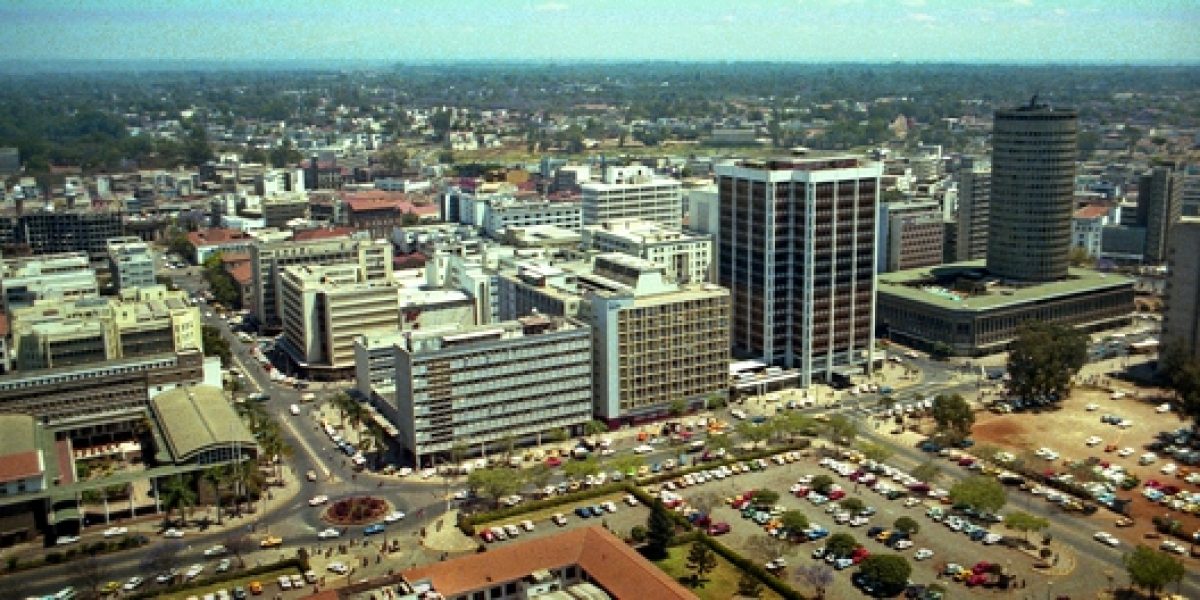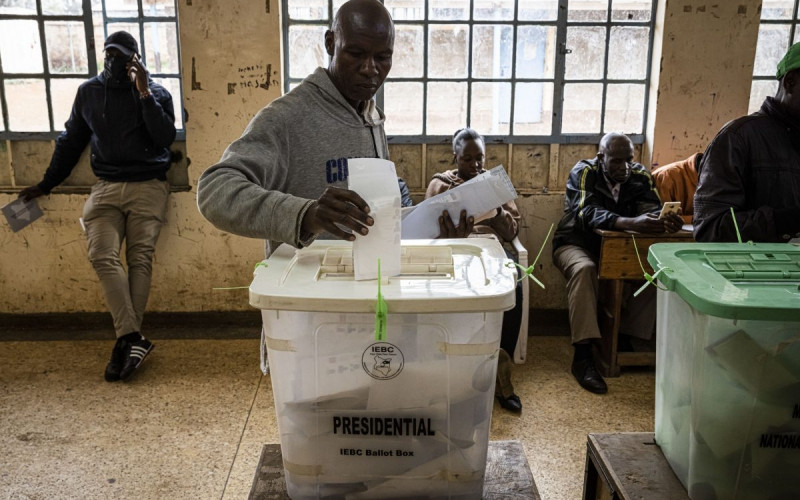As an APRM member, Kenya is expected to submit itself to the continent’s voluntary home-grown tool that assesses the state of governance in participating countries. The APRM proposes corrective measures to address governance gaps that emerge during the review.
Kenya was one of the first three countries to voluntarily submit itself to the APRM. It acceded in 2003, and former President Mwai Kibaki underwent peer review – meaning he was questioned on his country’s performance by his fellow heads of state and government when the Kenyan Country Review Report (CRR) was discussed at the APR Forum Meeting in Banjul, the Gambia in July 2006. Along with Nigeria, Kenya is set to become one of the first countries to be reviewed for a second time.
However, Kenya had previously undergone a second review, of sorts. When Kibaki presented his country’s progress report on the implementation of its APRM National Programme of Action in January 2009, his peers recommended a special review in light of the 2007-2008 post-election violence which took the lives of hundreds of Kenyans and displaced thousands. In fact, the 2006 review had pointed to the potential for that violence, but its warnings went unheeded by Nairobi at the time. However, it was only in July 2011 that an APRM mission was fielded under the guidance of Professor Amos Sawyer from Liberia. In the interim, a lot of energy went into the passing of Kenya’s new constitution in 2010, which included addressing several of the issues identified in the first CRR.
The APRM Panel’s report was submitted to the Kenyan government in November 2011. Members of the Kenyan Secretariat responsible for both the New Partnership for Africa’s Development (NEPAD) and APRM agree that the report did bring out the contentious issues but that it also contained factual inaccuracies and omissions. An inter-ministerial committee of permanent secretaries was convened in Kenya to discuss the 2011 report. They concluded that it had been overtaken by events, did not reflect the Kenyan position, and should not be discussed at heads of state level. A formal letter requesting that the report be officially withdrawn was forwarded to the then chairman of the APR Forum, the late Prime Minister Meles Zenawi of Ethiopia, and this request was officially granted in December 2012. Kenya then agreed to undertake a full second review, given that the withdrawn report had only covered two main thematic areas, namely democracy and political governance and socio-economic development.
Who is responsible for the APRM review in Kenya?
In Kenya, a semi-autonomous secretariat under the ministry of planning is responsible for overseeing the implementation of both the APRM and NEPAD. At the moment, there are separate “boards”, a National Steering Committee for NEPAD and a National Governing Council for the APRM. Staffers say that to improve efficiency, encourage cost effectiveness and streamline operations, there is currently a process of selecting a single representative group of 12-15 people to oversee both the APRM and NEPAD, with a new CEO and expanded staff complement.
For the first CSAR in 2005, Kenya relied on the expertise of four lead technical agencies, which were think tanks or research organisations that helped to compile the report. This time around, just one institution will oversee the research – the African Centre for Economic Growth. The Secretariat had to re-advertise to get suitable bids. ACEG was allotted the tender in August 2013, and the research is well underway. Kenya is making use of the revised questionnaire developed by the continental APRM Secretariat.
Like the first review, there are four research methods that are combined: desk research, surveys of experts, focus group discussions and a mass household survey administered by the Kenya National Bureau of Statistics. Consultants are pulling the final draft together, and the text will then be put to a variety of local stakeholders for validation.
In terms of civil society participation, the Secretariat did a mapping exercise all over Kenya’s counties, and developed a database of stakeholders. They drew on it for those participating in focus group discussions, and have gone to talk to them about the APRM. They have also encouraged CSOs to educate others and spread the word. They acknowledged that there is low APRM awareness outside Nairobi.
Over the years, funding for the APRM process in different countries has proved difficult to raise, both for compiling the reports and then implementing the National Programme of Action. Kenya’s government pledged 100 million shillings (about $1.1 million) towards the review, but the Secretariat has so far only received half of this amount.
In terms of the value of the APRM, Secretariat staffers noted that important issues from the first report were part of key reforms in Kenya, in areas such as land policy, corruption and representation of women in government. The NPoA was seen as a four year plan, and was used by Kenya’s ministry of planning, to inform government policymaking. Kenya’s new constitution took up many of the CRR’s recommendations, as did its Vision 2030. The APRM also helped shape Kenya’s new 2010 constitution. These are positive developments that show that the Kenyan government has been responsive towards the recommendations emanating out of the review, despite some of the difficulties experienced at a country level.
Some lessons from the current process underway are that it needs a strong Secretariat with sufficient resources, funds and goodwill. Importantly, stakeholders should strive not to politicise the process, but rather portray it as in the national interest. There also needs to be much more informed media attention at all stages of the process. The APRM offers a chance to examine what is working and what isn’t, for the mutual good of all Kenyans.
Steven Gruzd visited the NEPAD/ APRM Secretariat in Nairobi.







